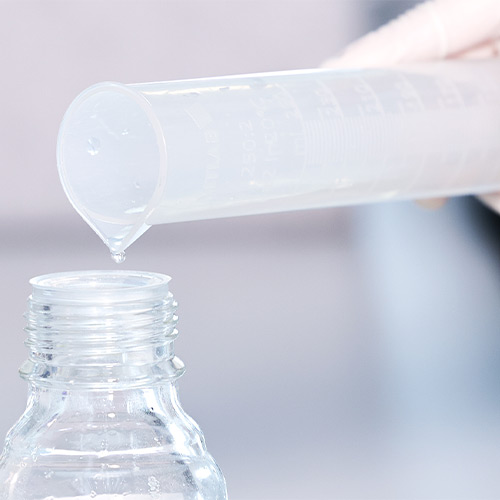
Cascade Reactions
Annikki’s cascade of chemical reactions takes place in “one pot”. The power to catalyze a given reaction step often comes from a connected reaction step which releases that energy. The cascade reactions avoid isolating intermediates. The energy, solvent, time, reactor volume requirements are significantly reduced, and space-time yields are higher, which result in dramatically lower production cost.
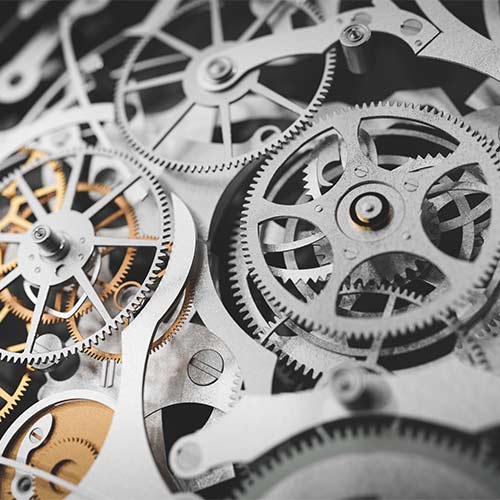
Complete Conversion
Our technology operates with great precision, accuracy, and dependability, mimicking the intricate gears and cogs in a Swiss watch. The reactions are coupled with one another, and energy is passed between molecules until the final product is formed in high purity.
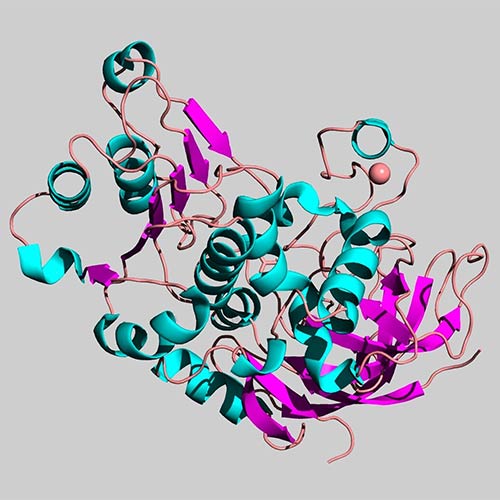
Cell-Free Redox Biocatalysis
We are at the frontier of cell-free redox biocatalysis. This is the main energy transferring stem of the tree of bioconversions. Using enzymes in their free form rather than living cells eliminates the drawbacks associated with living cells. The required biomass is reduced by over tenfold, and side reactions become a non-issue with free enzymes. High purity products are obtained in concentrations of between 200 grams/liter and 500 grams/liter of medium.
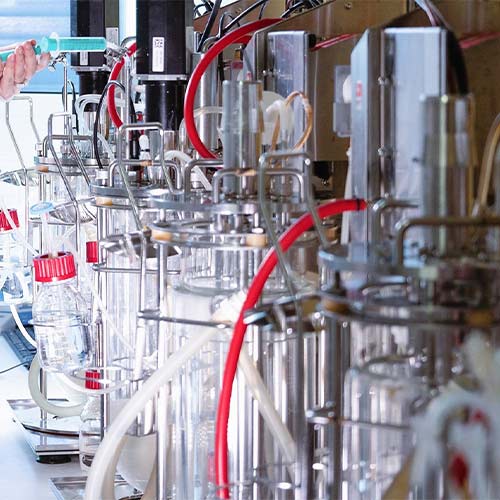
Proven Capability
We have commercialized processes with up to 5 redox enzymes in one single pot. Processes with up to a dozen enzymes are in development. With a toolbox of over 2000 engineered and process-optimized redox enzymes, we can effectively select the right ones for countless specific challenges. Additionally, we deploy cost-effective, ready-to-use co-factor recycling systems tailored for industrial-scale applications.
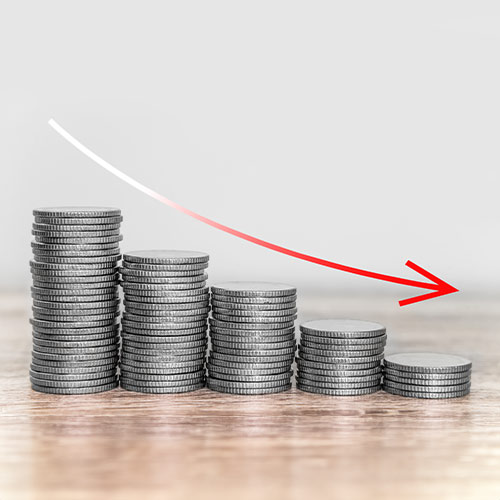
Low Cost
Thanks to the advantages of cell-free biocatalysis, Annikki’s production costs are by up to an order of magnitude lower than their counterpart petro- and biochemical processes because of the following achievements:
- Serial (or “cascade”) reactions
- High catalyst efficiency
- High product concentrations
- High conversion rates
- Affordable manufacturing equipment
The manufacturing equipment used consists of standard off-the-shelf equipment, for ubiquitous use across all biocatalytic processes.